The injection molding process is an manufacturing technique employed to make prototypes as well as real-world products. It is reliable and effective because it permits the manufacturing of intricate parts of products that have higher quality and greater yield. The process of injection molding greatly is dependent on the design as well as the material employed in higher-quality production. Therefore, those who want simpler mold processes that can produce more efficient products for less are more inclined to use aluminum mold.
Conventional injection molding process/steel injection molding process surely produces durable products. However they leave many things to be desired, since they are not able to guarantee rapid production. The article below we'll look at the aluminum mold, its benefits along with their drawbacks and advantages. Continue reading.
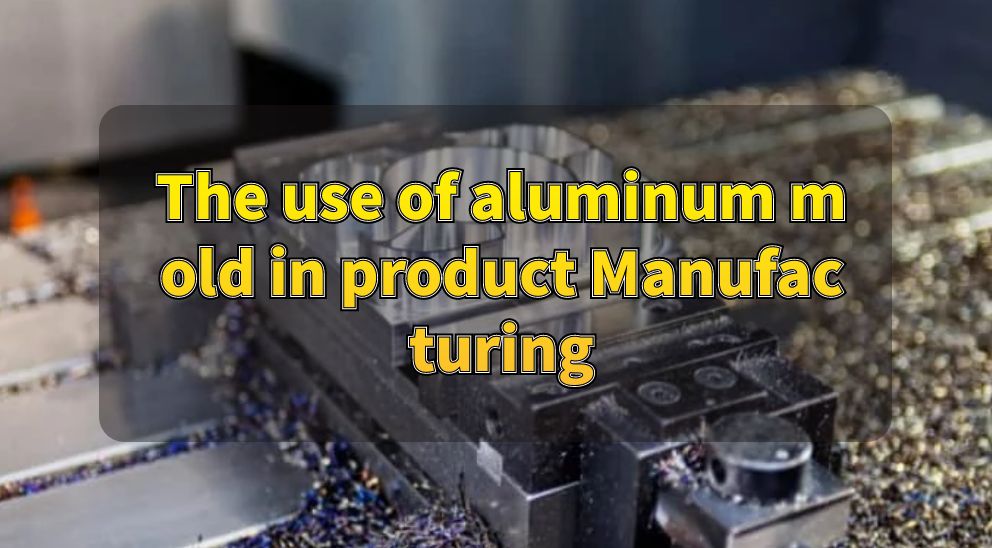
What is the term Aluminum Injection Molding?
Injection molding of aluminum is a revolutionary method based in the injection mold that is used to create components (either prototypes or actual products) that use aluminum tooling. It's a great substitute for the steel-injection molding for rapid prototyping, and is widely application in aviation, automotive as well as industrial processes.
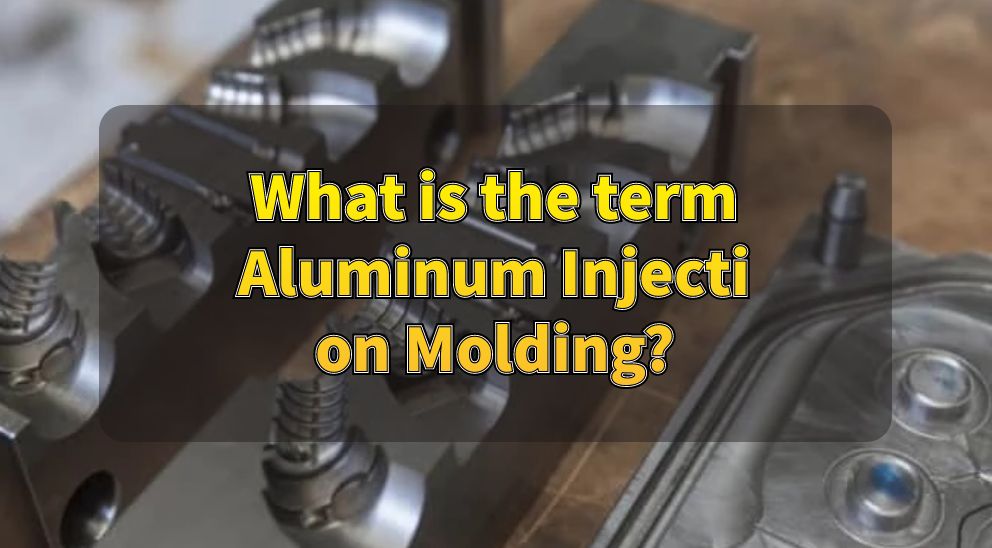
Aluminum molds are ideal since it allows for the easy manufacturing of intricate products with a minimum of components. Additionally, it ensures stability products that have consistent structure with high precision as well as smooth and even surfaces. This is because of its properties that allow it to efficiently transfer heat away from the mold , and ensure rapid product creation.
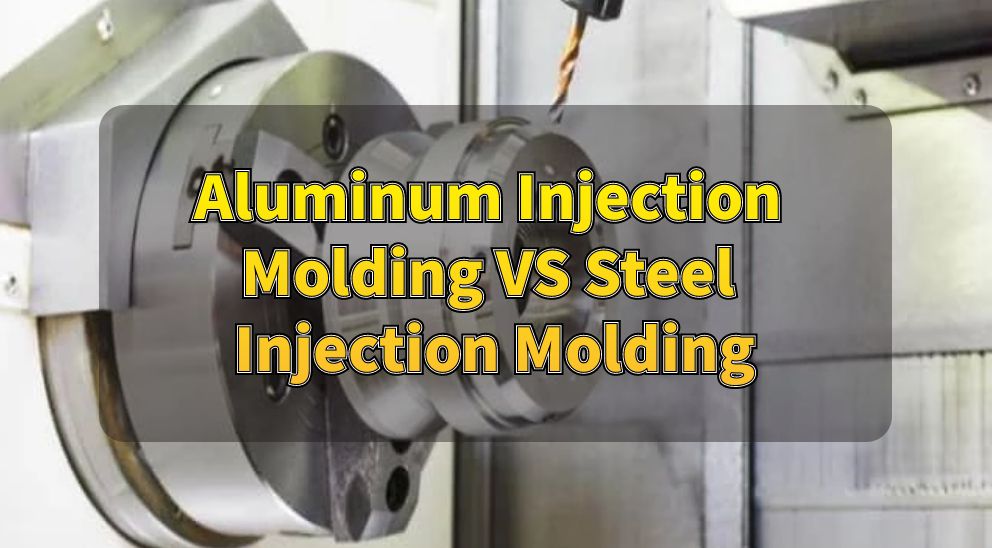
Aluminum Injection Molding VS Steel Injection Molding
Conventional injection molding is based on steel molds to create a variety of components. But, steel molding has some limitations. Thus, there is the need for a different procedure similar to an aluminum-based molding.
Based on the different characteristics There are many distinctions between the aluminum as well as steel's plastic mold. These are not just the types of material used to create the molds (Aluminum and Steel) and is more dependent on their design, features and their applications.
Here are some important differences between an aluminum mold and a steel molds used for plastic injection molding.
Flexibility Flexible
The molds made of steel are not elastic as their hardness comes from the heating process that follows the design of the key components in the mold. But, in comparison to steel injection molds, aluminum molds are made from less brittle materials.
The design of the mold is so that it allows for the construction of mold components separately and allows for easier removal to modify prototypes.
Turnaround Time
Molds for aluminum injection are made from aluminum using the CNC machine process. Some manufacturers employ electrical discharge machining (EDM) when the cavities need sharp edges. In reality, a typical aluminum cavity can be made within about 10 days because the process only requires mechanical techniques. There is no requirement for specific equipment for manufacturing or thermal processing.
Molds made of steel also originate from the same production process. However, they're expensive and require months to build. It is because of the strength and strength of steel. Due to the hardness of steel it requires special manufacturing equipment and thermal processing to improve the life of its molds.
Mold Robustness
Mold robustness is the quantity of parts the mold can produce before it gets damaged or worn out. This is largely contingent on the mold's design as well as the genetics that makes up the mold.
Molds made of steel are durable due to their manufacturing process which includes the process of heat treatment. They also have joints, making them strong and durable. In the end steel injection molds could make millions of pieces.
However, aluminum prototype molds are made of aluminum which, in comparison the steel mold, has a softer material. It has less strength as compared to steel-injection molds. But, alloys made of aluminum are extremely strong and can ensure an amount of as high as 5000 parts.
Production Time
The production time refers to the period that is taken from an injection of the polymer until the release of the finished product. It is a key element during the batch manufacturing process, and it is dependent on the material used to make the mold, the temperature, and pressure.
Molds made of aluminum are not robust enough to stand up to intense temperatures and pressure. So, the time required to manufacture for aluminum molds is typically in the range of 40-70 seconds. However steel injection molds are able to endure extreme temperatures and pressures better than aluminum molds and need just a few seconds to create parts.
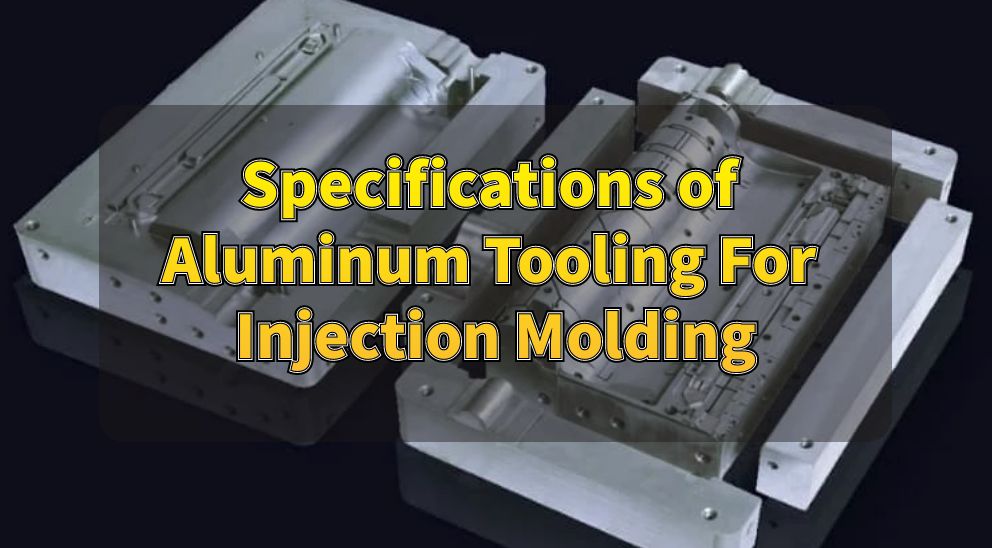
Specifications of Aluminum Tooling For Injection Molding
Aluminum is a great material for tooling because of its numerous characteristics, which help in the creation of low-volume injection molds for affordable costs. Below are the main ones which make it ideal for aluminum tooling and injection molding generally.
Thermal Expansion as well as the rate of cooling
Aluminum has a very high percentage of the thermal expansion. This means that after heating to the proper temperature, it is able to reduce its temperature, making production quick.
This makes it a crucial ingredient in the production process that requires speedy and efficient production. It is also ideal for the process of injection molding.
Metallic Properties
In terms of precision tools with sufficient mechanical strength and rigidity is required. Aluminum is a strong metal and maintains its strength and rigidity up to a certain extent. It's also ductile, making it the ideal material to make tooling from.
A tool has to be sturdy enough to withstand the process of manufacturing. In the case of aluminum injection molding, the right choice in cutting parameters, grades and geometries will result in an efficient process for aluminum molding. Thus, the aluminum alloys that are used in tooling can improve productivity and reduce the cost per component ratio.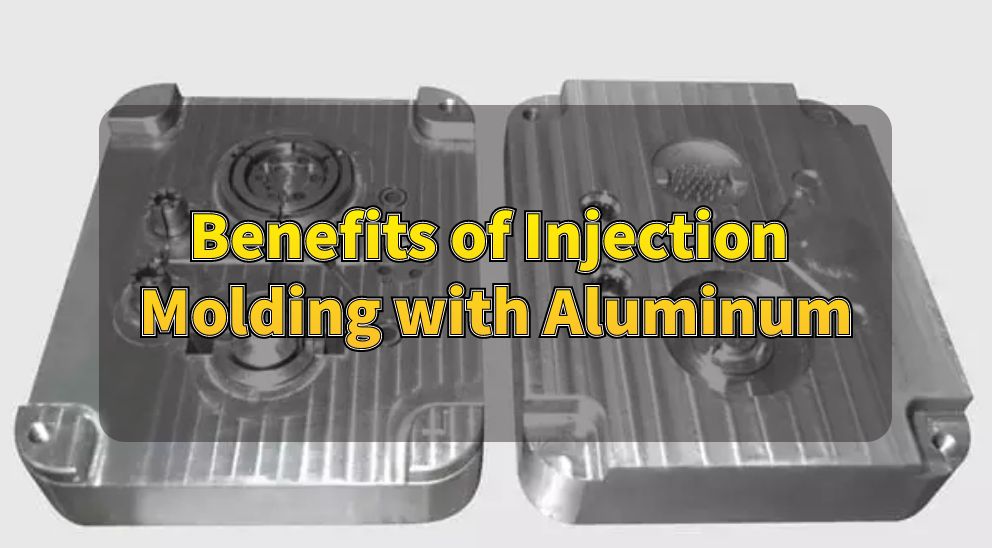
Benefits of Injection Molding with Aluminum
Cost
The cost of aluminum injection molds is lower than steel when making the injection mould. The value and ROI of a mold may be influenced by the use of the mold. But, the initial investment in aluminum is lower in the event that all other elements are the same.
Lead
Aluminum molds provide a speedier route to the manufacturing of products. The process of making steel injection molds could take months to design the mold until constructing what is produced. But aluminum injection molds take only the creation of molds in a matter of days prototypes, design and create the final product.
Ideal for low volumes
In order to produce low-volume batches of parts Aluminum plastic molds are greater quality for the price. It is because of their dependability for reducing upfront cost and quality parts in the thousands.
Machining Time
The aluminum prototype molds release heat more quickly than molds made of steel. Therefore, they be heated and cool faster. In the case of an injection mold, time for cooling determines the entire duration of the molding. So, selecting an aluminum mold process will allow an easier cycle that results in a rapid production of parts.
Better Products
One of the main reasons for imperfections in components such as the appearance of sinks, gaps as well as burns scars, is the non-uniformity of cooling and heating. The outstanding heat dissipation capabilities of aluminum molds have the benefit of allowing the mold to cool and heat rapidly and evenly, thus decreasing the amount of damaged pieces and parts that are rejected.
Simple repairs and modifications
Due to the extreme hardness of steel deformed or damaged molds made of steel can prove costly and difficult to repair. Most of the time replacing the mold can be your only way to fix it. However, aluminum plastic molds are made from soft substances, and their structure is easily separated and simple. This makes it simple to fix and alter when there is a mistake within the aluminum mold.
Upload your design file to RapidDirect for manufacturing assistance on your injection-molded parts made of aluminum tooling.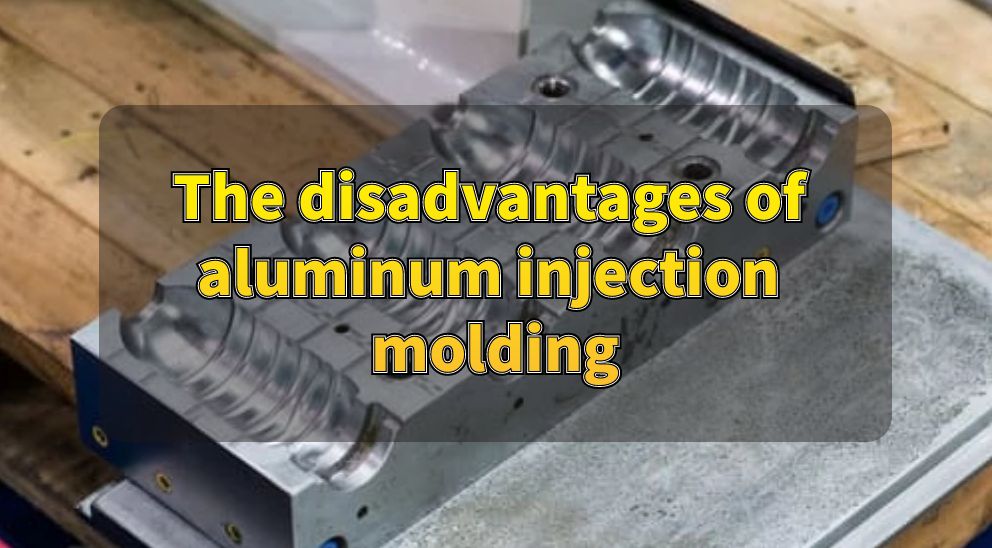
The disadvantages of aluminum injection molding
Durability
Molds made of aluminum plastic are ideal for smaller part runs. However steel molds are more durable because they resist wear and corrosion, are durable as well as thermally stable. This allows the creation of more items.
However, engineers can recreate the same durability as steel by nickel plating or annealing aluminum mold designs. It will increase the cost of aluminum injection molds that would reduce the benefit of cost using aluminum tools.
Limited Surface Finish
Plastic injection molds of aluminium provide only a few surface finishes when compared to steel molds due to their lower density. Steel's high density allows for a wide variety of textures and custom finishes with the addition of steel inserts.
Flash On Part
flashing is the result of excessive material in the mold as a result of worn-out cavities that do not fit well. After a few millimeters of manufacturing cycles, aluminium injection moulds get worn out and may have irregularities which can cause flashing within the product.
Fewer Products
Aluminum injection molding isn't able to handle the extreme pressure and temperature that is typical of injection molding processes over long time. This is why they aren't suitable for long-term or large volume production of parts.
Complexity
Engineers are unable to improve the aluminum mold design in the event there is a requirement for modifications because of the capacity of molded parts to be impacted by the mold. But, molds made of steel are able to be strengthened by heating treatment to deal with materials with varying densities.
Aluminum Injection Molding Design
The design of an aluminum mold is an important element of the manufacturing design process. It is due to the quality of the product and the efficacy in the design of the mold.
Here are some guidelines that an expert in design must take into consideration when designing the design for an aluminum mold .
Include a provision for possible revisions
In the process of designing aluminum molds it is important to include an option for possible modifications later. While this can increase the cost of aluminum injection molds however, it could prove to be cost-effective when the time comes to make corrections.
Making changes without establishing capacities to handle them from the start of the process is possible. However, most of the time this requires sacrificing the instrument.
Make sure that the wall thickness is uniform.
On the other hand, smaller sections of the mold of aluminum tend to cool and harden first. However dense areas function as reservoirs, which feed the smaller cells as they get cooler and harder.
Yet, many parts are of different cross-sections and are more likely to freeze than the thicker ones. Therefore, the feed pathways must be constructed in a way that they take into consideration the process of solidification both in the layers of the thick as well as thin.
By doing this, you can keep that the the thickness of the plastic componentis remains constant, which simplifies the aluminum molding process and permits progressive solidification to happen quickly.
Make Use of Alloys that are Suitable
Silicon is the best element used as an alloy to create aluminum plastic molds. This is because of its exceptional temperature specific capacity. i.e. the fact that it retains heat more effectively than aluminum.
Silicon isn't the only alloy that is suitable. Any alloy that is used should have a shorter freezing range since it can help promote the mechanical properties of products that are solid.
Note the Part Descriptions
In the process of designing molds for aluminum plastic injection instead of sharp edges within the mold design you can use fillets. Sharp corners during the process could drastically alter the shrinkage of the part which can cause cracks or permanent deformation.
Use Inserts
Inserts with different shapes and materials like brass thread inserts are integrated into the aluminum mold design to improve the durability of the mold and provide additional-hard surfaces when needed.
Final
Failure of an aluminum mould used for molds made of plastic is usually due to a bad design or improper tooling methods as well as a poor aluminum alloy choice. This article explains the process of aluminum injection molding. It also discussed its properties and design guidelines.
The aluminum prototype mold may seem intimidating. But, if you choose a firm that has a better understanding of the process and a proven track record in handling the development of products it is possible to ensure superior production.
RapidDirect RapidDirect offer optimized aluminum injection molds that are designed for production of goods. Contact our support team for advice on manufacturing. If you have an existing the CAD file, upload it today to receive an immediate quote for your concept.
FAQs
How Long Can an Injection Mold of Aluminum Last?
The life expectancy of an injection mold is contingent upon its usage in the production of products. For prototyping purposes molds made of aluminum, they can make a few thousand parts because of the high size that their moulds. However, the life span decreases when used for high-volume production of products.
Recently, processes like surface coating and anodizing have been added to enhance the durability of aluminum molds. This makes them valuable in manufacturing cycles.
Is aluminum injection molding better than the Steel Molding?
The selection of the injection molding of steel or aluminum will depend on the design and the kind of product you want to produce. Although both methods are alternatives that complement each other each has distinct advantages and disadvantages that engineers need to take into consideration before choosing an industrial procedure.

